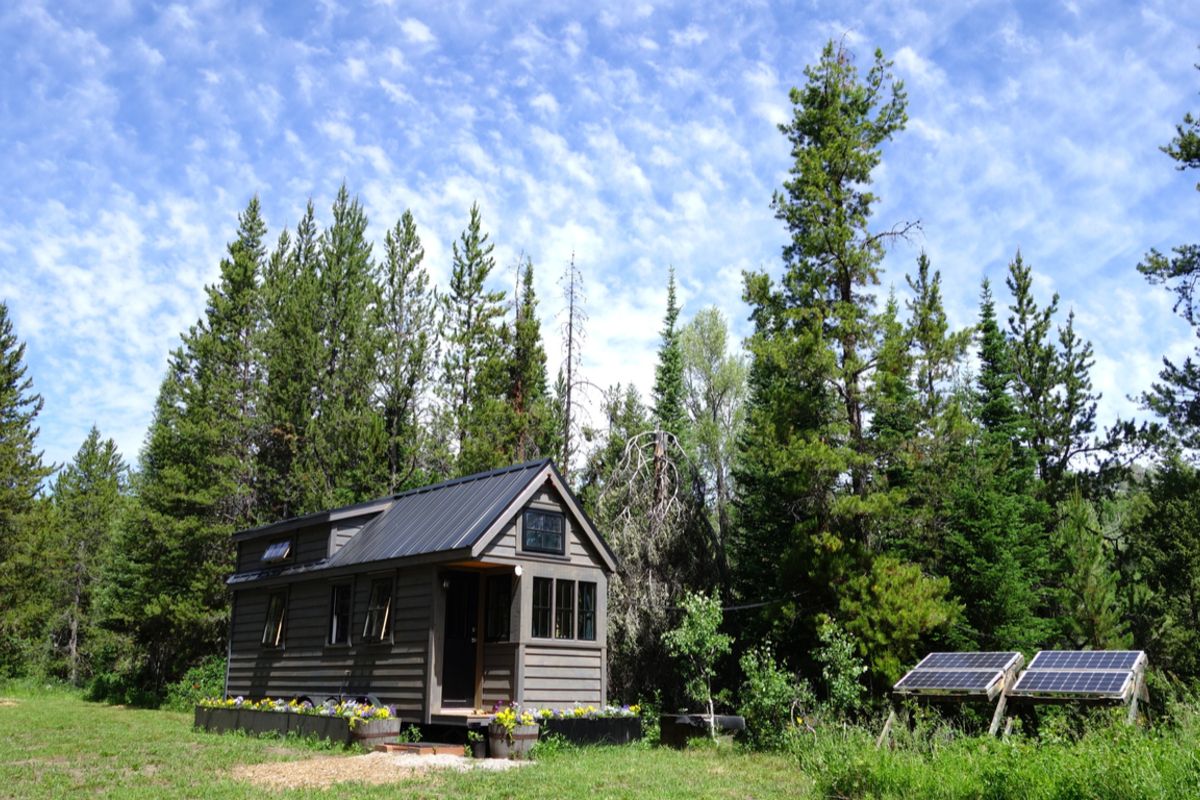Extending a power connection to the primary source of electricity is more costly in remote areas than resorting to stand-alone systems. Therefore, it becomes a practical choice for many to use stand-alone systems.
A stand-alone system means generating your own electric supply using renewable resources, such as energy from the sun. You have freed yourself from the ties into the grid. And you are using an energy source that won’t harm the environment.
These stand-alone systems combine technological advancements and standard methods of generating power. The result is a cheaper, environment-friendly, and dependable energy source.
The systems are created using hybrid setups that rely on renewable energy sources. It provides energy according to your requirements. But it can also create more, which you can store and save for later use.
This system requires equipment, including a small hydropower or wind turbine. But the main materials you’d have to invest or are the photovoltaic panels.
All these tools, when combined, will ensure a smooth flow of the generated electricity from the source to the user.
Here are some of the materials needed to create the system:
- Meters and instruments
- Controller for charging batteries
- Gear for power cooling
- Safety apparatus
- Batteries
Maximizing the Performance of Your Solar Panels
The subject of solar energy is frequently unclear, and it can be challenging to estimate the precise amount of energy required to run your house all year. Even though sunlight is abundant in the summer, as the temperature drops, it becomes more difficult to obtain, and people tend to use more of it.
For two individuals sharing a tiny home, the average electricity usage is somewhere around 1200 kWh. According to observations, 20 solar panels can produce approximately 7 kWh per month under ideal circumstances. Most of this occurs in the warmer, sunny months, so effective energy storage is necessary to keep your house running throughout the winter.





